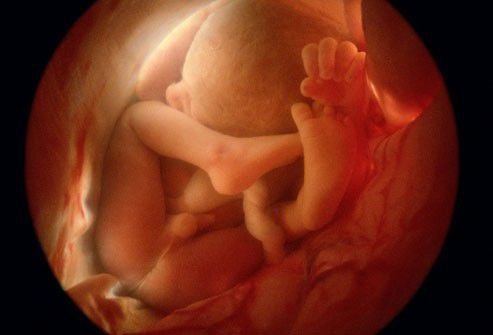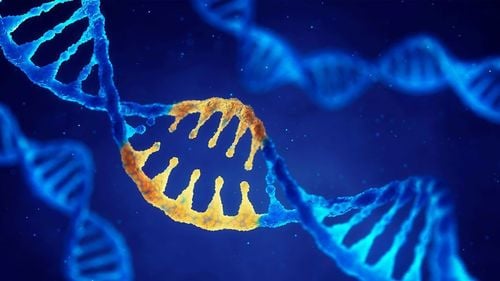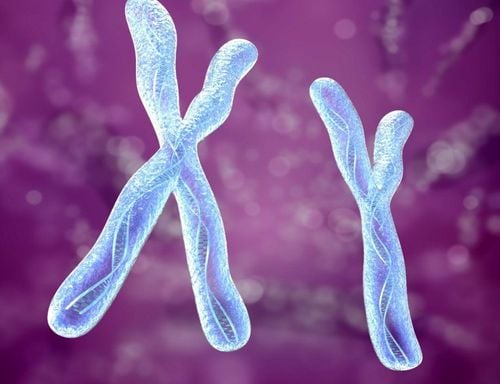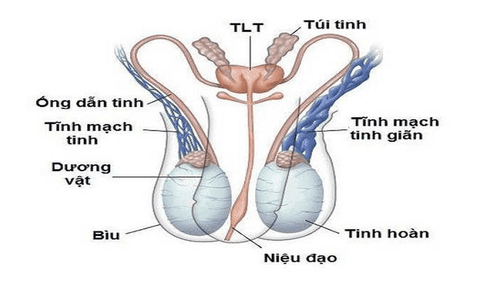This is an automatically translated article.
Normally, each cell in the human body has 46 chromosomes, including 22 typical chromosome pairs and two sex chromosomes. Females have two X chromosomes and males have one X and one Y chromosome. This is what makes a big difference between males and females.X and Y are chromosomes that are very important for human fertility. Although there has been a lot of research on this issue, there is still some inaccurate information about X and Y sperm. The following article will provide you with useful information. about the X and Y chromosomes.
1. Do Y sperm swim faster than X sperm?
In 1960, Shettles Research concluded that sperm carrying a Y chromosome (Y sperm) swim faster than sperm carrying an X chromosome (X sperm). These two populations also have morphological differences. The Y sperm has a smaller head and the X sperm has a larger head. After a year, he reiterated these findings and further claimed that the smaller-headed sperm could move faster and fertilize eggs more often.Shettles' reports in Nature and other peer-reviewed journals led many later researchers to believe that Y sperm swim faster than X sperm. This finding particularly influenced the study of sperm separation. coincide.
Although there are many studies to verify this conclusion is indeed true, it was not until computer-aided sperm analysis (CASA) that reliable observations showed that sperm Y-match is completely different from what Shettles previously reported. To date, researchers have found no morphological differences between X sperm and Y sperm. Neither mature nor pre-sperm sperm showed significant morphological differences between the X and Y genotypes; and Y sperm also don't swim faster than X sperm.
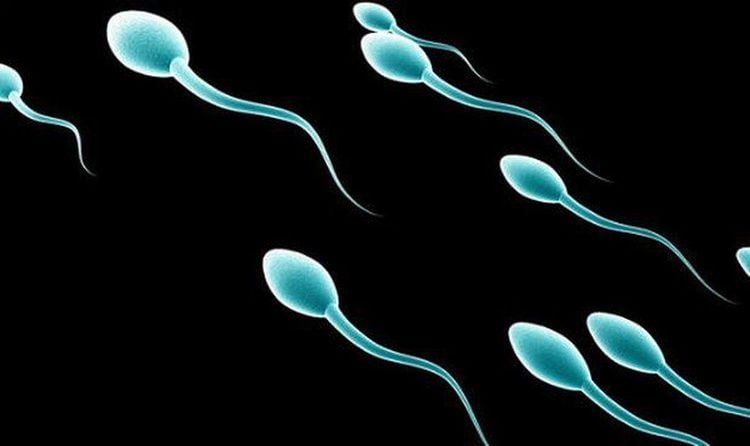
Tinh trùng Y không bơi nhanh hơn tinh trùng X.
2. Revealing the mysteries of X and Y sperm
Not only the Y chromosome but also the X chromosome may also play a key role in sperm development. According to Jeremy Wang, a PhD student at the Whitehead Institute for Biomedical Research in Cambridge, UK, some cases of male infertility are caused by an X-linked disorder that is passed on from mother to son. .David Page - Professor of biology at the Massachusetts Institute of Technology, along with his colleagues, traced the 300 million year history of the Y chromosome, thereby uncovering clues to the mysteries of disease, reproduction and infertile. What they found was enough to dispel conventional thinking about gender as well as misconceptions about X and Y sperm.
3. How were the X and Y chromosomes formed during human evolution?
300 million years ago, when the earth existed reptiles including males and females. Males produce sperm, females produce eggs, but they have no sex chromosomes, only normal chromosomes. Their sex is likely pre-determined.However, as humanity moved up the evolutionary ranks, it seemed that genes controlled spermatogenesis, i.e. spermatogenesis. This becomes essential in species where chromosomes are duplicated over and over again, the typical chromosomes being converted into new sex chromosomes.
Steven A. Wassermen - PhD, professor of biology at the University of California (San Diego - USA) said: "Spermogenesis started with an ancestor gene in flies and worms. Then it It's been duplicated in higher animals, and recently in monkeys and humans, there's been a copy of the Y gene, and the Y gene itself has been duplicated. Y, it is this chromosome that will be responsible for spermatogenesis and sex selection.”
4. Is the Y chromosome actually more important than the X chromosome?
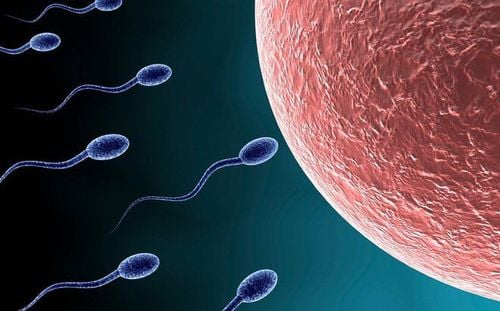
Nhiễm sắc thể X không chỉ đóng vai trò thông thường, mà có vẻ như nó đóng vai trò quan trọng nhất.
However, the Y chromosome is only part of the story. In male and male mice, the X chromosome carries about 10 genes that are important in the production of primordial cells in the developing embryo, which will then determine sperm production or its absence.
Discoveries about the X chromosome have changed the way many people think. In the past, everyone thought that the Y chromosome played a major role in spermatogenesis, but no one thought about the X chromosome. Now, it can be asserted that the X chromosome is not only the usual role, but seems to play the most important role.
Please dial HOTLINE for more information or register for an appointment HERE. Download MyVinmec app to make appointments faster and to manage your bookings easily.





